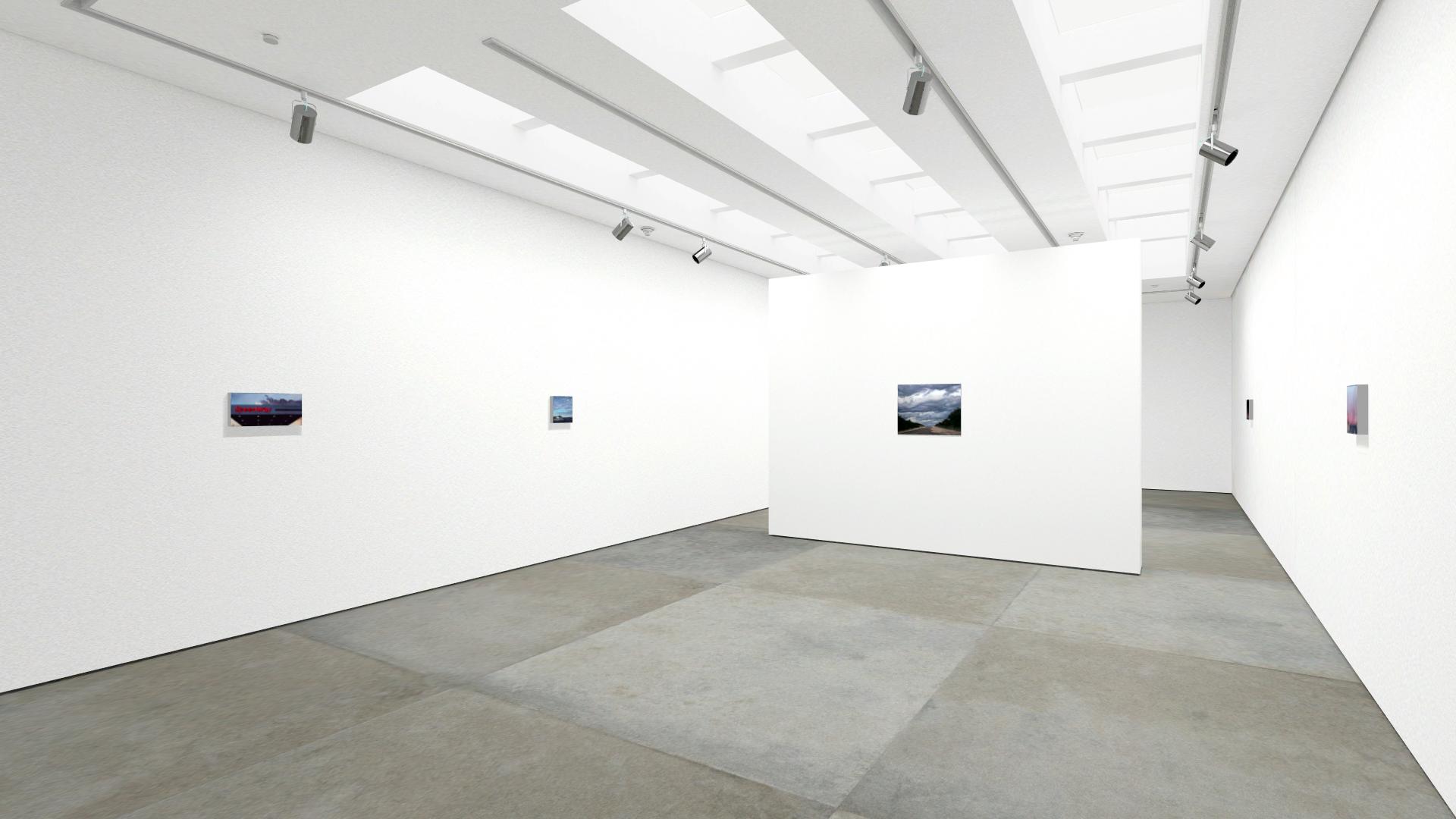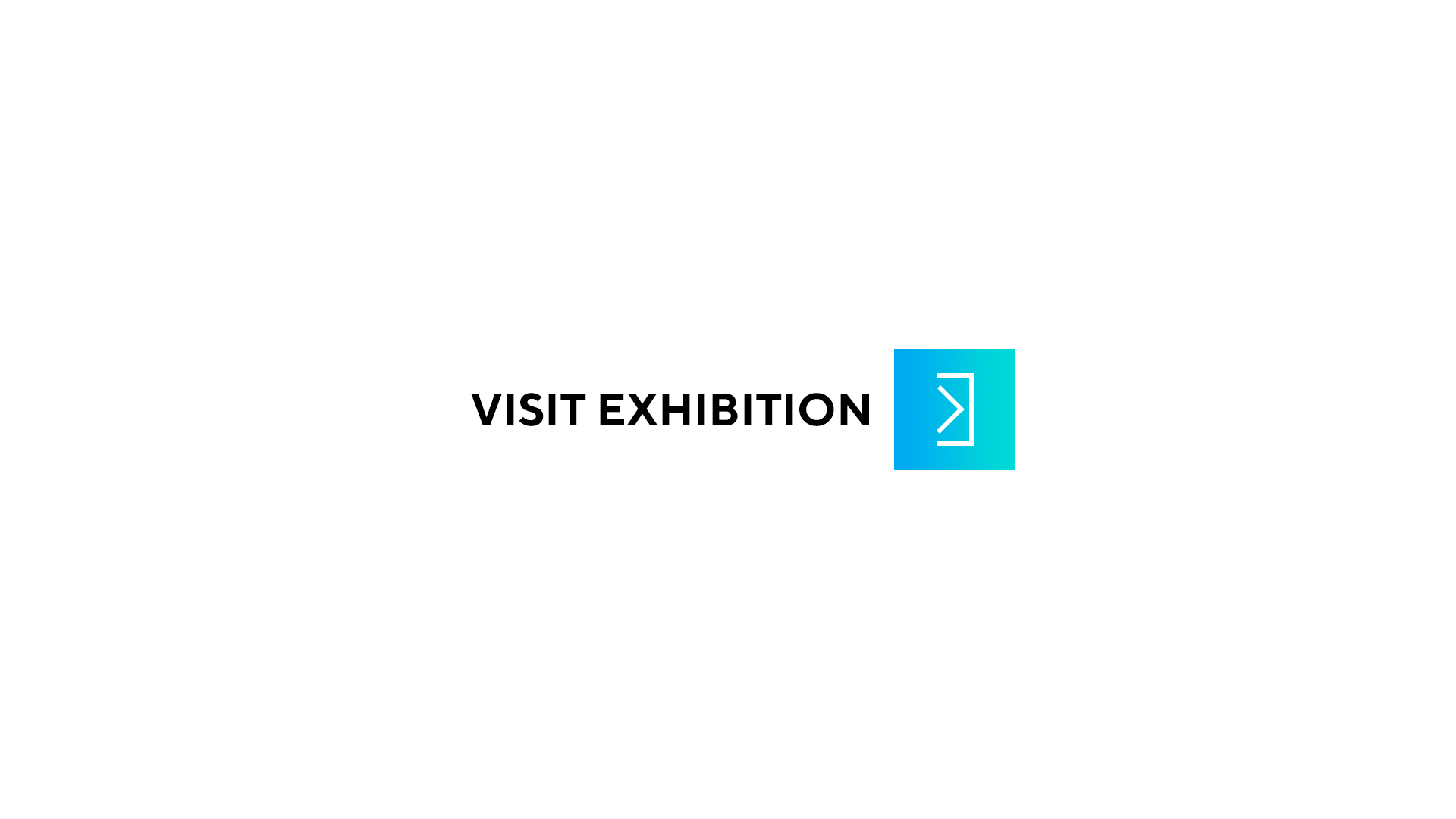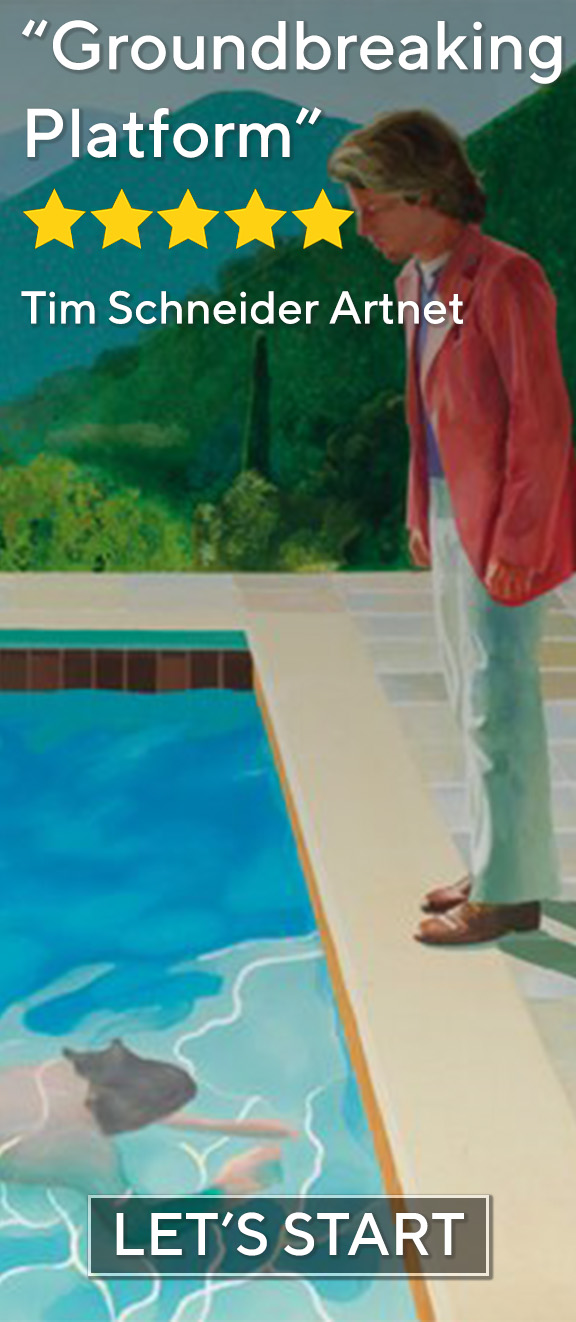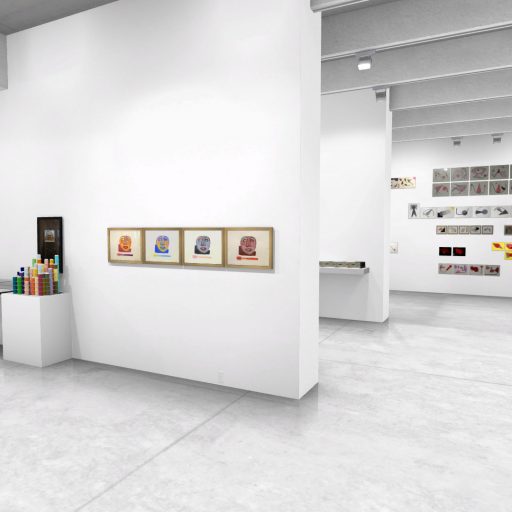

Brooding cloudscapes, dark, dark nights, vacant wind-blown beach parking lots and one weird little house in Pennsylvania make up the imagery of Edie Nadelhaft’s paintings in “We Ain’t Goin’ Nowhere.” The settings are reminiscent of Edward Hopper’s dreamy, mute Cape Cod l... more >> New series of landscape paintings depicting scenes of brooding cloudscapes, dark nights, and vacant beach parking lots, emoting sensations of quiet emptiness.
Brooding cloudscapes, dark, dark nights, vacant wind-blown beach parking lots and one weird little house in Pennsylvania make up the imagery of Edie Nadelhaft’s paintings in “We Ain’t Goin’ Nowhere.” The settings are reminiscent of Edward Hopper’s dreamy, mute Cape Cod landscapes with a dash of the surreal uneasiness of David Lynch and disorientation of Diane Arbus’ work.
Rendered in a manner best described as “perceptual realism,” Nadlehaft’s paintings lead the viewer into the scene, showing just as much, or as little, sharp detail as a human eye can process in person. Her point of view and style of painting takes into account the fleeting nature of impressions, depicting scenes and sensations of quiet emptiness experienced through various stages of lockdown and quarantine, punctuated by brief flashes of what has been described in the press as “the new normal.”
About the work, Nadelhaft says, “When the pandemic forced New York City into lockdown, I held my breath and went to work. Initially, I made paintings based on imagery captured on what would turn out to be my last motorcycle trip for quite some time. As the magnitude of the situation came into focus, I saw that I would not be able to take the weeks-long rides that had informed my work in recent years. So I hunkered down in the studio, traveling very occasionally, and exclusively to the Cape, my childhood home away from home. Once there, I visited deserted beaches and drove in much-too-early New England darkness, first to stay with friends who generously offered a respite from the relentless gloom of the city, and later to a secluded refuge in the Wellfleet dunes.”
The settings in Nadelhaft’s paintings hover between the built world and the natural landscape. Although no people are pictured, each composition preserves some residue of the human presence: a building, a streetlamp, a sign, or simply the road itself, desolate stretches of rural highway or beach parking lots capped by an apocalyptic canopy of clouds. Her work provides a portal into the imagination, opening up new possibilities and potential, and for the artist, a sense of wonder coupled with an unlikely sense of security: bearing witness from an emotionally neutral place of relative safety.
Edie Nadelhaft studied painting and art history at The School of the Museum of Fine Arts, Boston, MA & SUNY at Purchase, NY, and received a BFA with honors from Massachusetts College of Art & Design, Boston, MA. Her work has been exhibited at art fairs, museums and galleries throughout the US, and internationally in Taiwan, Shanghai and Basel, Switzerland. Nadelhaft’s work is in the permanent collections of The Ford Foundation, (New York, NY) The University of New Mexico Health Sciences Center, (Albuquerque, NM) and Falconworks Theatre for Social Change, (Red Hook, NY), and has been written about in The Detroit News, The American Scholar, Domino Magazine, Juxtapoz, The Washington Post, The New York Times and Wall Street International. Awards & residencies include The Edward F. Albee Foundation (2022, Montauk, NY), The Artist in Residence at Platte Clove, (Elka Park, NY), Artist in Residence at The Visible Vault, Yellowstone Art Museum, (Billings, MT), Fine Arts Painting Department Merit Award, Massachusetts College of Art, (Boston, MA), and the Combined Jewish Philanthropies Academic Scholarship, (Boston, MA). Edie Nadelhaft was born and raised in Pittsburgh, PA, spent summers in Wellfleet, MA and has lived and worked in Lower Manhattan, New York City since 1998.










